Hereford Mappa Mundi (1300)
The Hereford Mappa Mundi Trust
I love maps of all sorts. They make my life simpler and I am able to move from place to place without getting lost.
Do you remember back before smartphones when you used to get lost? I would print out step-by-step directions of my route from MapQuest then try to track my odometer, shuffling through sheets of text while driving. Hiking without a smartphone required the kind of attention to detail and direction that college students give to a calculus test. My wife and I were once lost in the White Mountains to the extent that we just had to head down hill. Nothing evaporates faster than the romantic notion of nature as a loving goddess when you’re lost in the woods and every tree begins to look the same.
The worst part of being lost? Acknowledging that you are lost. I think the negative emotions associated with being lost are the primary motivator in our need to map things. If you are lost, you do not know where you are. Knowledge is the key there. Lost implies ignorance or foolishness.
The map is an image meant to encapsulate everything that is “known” within clear borders. The edges of a map have always been where the monsters reside; in the mysterious fog of the “unknown.” Our human sense of wanderlust and curiosity drives us to look everywhere beyond our borders like curious cats unable to leave our world uncharted. We are unwilling to remain strangers in a strange land. We want to be travelers in a well known world with Yelp reviews and eco-friendly routes to save on gas. Driving without a map risks the shame of lostness.
Silicone Valley tech bros have asked, “What if we could map everything?” I think of the scene in The Truman Show where the teacher stifles Truman’s sense of adventure by pulling down the map of the world and pronouncing, “There’s nothing really left to explore.” Everything has been discovered.
If we have discovered everything, then we should be able to make a map of everything. We should be in a grand age of cartographers drawing deeper and deeper images of all there is. We should never get lost. And I don’t just mean while traveling.
Indeed, cartographers abound:
Deep Field SMACS 0723
by NASA via the James Webb Telescope
“Space, the final frontier.” Dizzying isn’t it? The reason photographs are thus named is because they are photon-graphs. They chart the reflections of light in the world. In this image alone the vast history of the universe seems to stretch for billions of years and there it all is. Of course it is missing Earth, but it’s almost everything. Yet, it makes me dizzy and causes that feeling of teetering towards lostness.
I think I need a different sort of map. The star chart doesn’t help me “find” much of anything–which might just be my astro-nomical-logical ignorance. I need a chart of another sort to avoid getting lost. The material world is not the only realm human beings need to navigate. What other realms might need mapping?
How about the spiritual path?
The Universal Figure of the Divine Comedy (1855)
by Michelangelo Caetani
Dante’s story of traveling from Earth to Hell, to Purgatory, to Heaven is a map. He not only details the route, he has diagrams which artists have expanded upon. Above is Caetani’s image of all that pertains to the eternal state of a person’s soul. This is the entire spiritual path. Charted nice and neat with spherical boundaries. This is extremely useful, if you agree with the theological ideas underpinning the image. For those of us who do not agree, there is a sense that it’s missing some key aspects.
What does a Protestant cartographer have to say to such an image? Calvinist influenced Piet Mondrian’s work is a kind of map as well:
Composition No. 3 (1929)
by Piet Mondrian
No, it is not a fun way to map a city, or an early design for a Monopoly board. In an iconoclastic1 tradition like Dutch Reform Calvinism how does one point to all the world without copying it?
Mondrian uses the rectangle, the intersection of vertical and horizontal lines, and the primary colors (the colors with which all other colors are made). He claims that all things are encapsulated in these forms. Indeed, he believes this is a picture of everything. It is a bit abstract, but he sees lines as the most basic visual units followed by squares as the most basic shape and the three colors as the most basic colors. Therefore, from a certain perspective, it contains all visual potential. Even if he was unwilling to elaborate on that potential in a representative way himself because of his theological notions.
It is an image of the building blocks. We all know you have to learn your ABC’s before you can write. Once you have mastered the alphabet, the entire language is at your finger tips. I don’t know about you, but to me this feels lacking–even if technically correct. It doesn’t equip me for action, just like memorizing a dictionary doesn’t equip me to write War and Peace.
Let’s try a more ancient tradition. An Eastern Orthodox image of everything:
Cosmic Image (2021)
by Jonathan Pageau
Are you well versed in Genesis chapters 1 and 2? We have to bounce around this image like a “Where’s Waldo” to find everything. Sun and moon at the top, Adam and Eve in the middle along with the Tree of the Knowledge of Good and Evil. The Tree of Life is above that with the crucifixion grafted in. Four rivers pour from the hill of Eden. We see the wall and the thorns and the Cherubim guarding the gate. There is even the fig tree, which the first two humans use to cover up their private parts like in renaissance paintings. Water and land, sheep and goats, doves and crows, sea monsters and birds, angels with wine and even the thorns around the walls are lifted up above Christ as a crown. Death is present in the skull of Adam beneath the torn open grave at the foot of the cherub.
Does the symbolism suffice? Is it all encompassing?
Again, it seems quite useful but only up to a certain point. Where are the specifics of world history? The specifics are just as important as the general arc of history. The symbolic short-hand paints with a broad stroke while the James Webb is so dense with specificity it is unnavigable. Where is our time? Where am I? It feels like we pendulum back and forth between too general to be helpful with specifics, and too specific to help with general lostness.
Can an image include me and all my general uniqueness?
Network Map of Notes (2025)
by Aaron Franzen via Obsidian
Obsidian is a program that helps users “map” their thoughts through a series of linked notes. Some users refer to is as a “second brain.” It allows users to make visible the invisible links in their own thoughts and note-taking. It provides a star chart of thoughts, constellations of the mind. The prospect is to never be “lost” in thought, rather, to be able to turn your fleeting reflections into something navigable.
I am beginning to think that Truman’s teacher didn’t know what she was talking about. So far, we have seen maps of the world and space, maps of the spiritual and soul, and now a map of our own mind. Can we somehow combine all of these into a Google Map that allows for all the different layers to interact?
We have to get conceptual to see that:
One and Three Chairs (1965)
by Joseph Kosuth
A photo of a chair. A chair. The dictionary definition of a chair. In other words, the photograph, the actual object, and the idea.
Does this trinity of representations encapsulate all the world has to offer? Is this the most expansive image of everything we–humans–can make? It seems like a philosophical joke, and most people take it as that. But, being the trickster that I am, I love asking academics which “chair” is more real? The conversations do not end.
All of these images make me question the notion of mapping as a whole. I am not saying mapping is bad. After all, I use maps to find all sorts of useful things–and I am very thankful not to be lost nearly as often as I was before my smart phone. But, I think the notion of mapping EVERYTHING is hubris. If the map give us a sense that we know where things are and where we need to go, then the image of everything subtly implies a finality. That we have our feet planted firmly on the ground of understanding. It has all been accounted for. We no longer put monsters on the edge of the map as a reminder that we don’t know all that’s out there.
The more I catalog and tag the more I get lost in details. The more I pour over the specifics of hiking trails and reviews the more I question if I chose the right path and FOMO2 colors my experience. None of these maps reflect the entirety of the reality I live in. They are all merely partial maps–especially that boring Mondrian.
My mind begins to settle only as I contemplate my experience of this artwork:
Image Continuous (2010-21)
by David Wallace Haskins
Haskins made a cube of mirrors with a central circular hole revealing another mirror inside set at a 45 degree angle. The design is simple but the effect is powerful. The heavens are present in the circle; the Earth and all its surroundings in each square of the cube. It is not a representation but a reflection. It shows what is actually there, on Earth and in Heaven. As you move around the cube you appear in the reflection (obviously, that’s how mirrors work) but if you stand directly in front of the opening your reflection disappears and all that you can see is the sky and the woods. Somehow the simplicity of this piece makes me “lose” myself without experiencing those negative feelings of lostness. Instead, I feel like I have found something very important (but that is the subject of another post coming soon)!
This is not a map of the world, though it is an “image” of the world. If it were a map it would be the kind of map that works at a 1:1 scale. This artwork is not a representation–a RE-presentation–it is a presentation.
Perhaps images in general are better at presenting the cosmos than they are at representing it. Again, I’m not saying we shouldn’t map things. I am saying, don’t fall victim to the false certainty that a map can provide. Being lost is a valuable part of navigating. You can only discover, that is dis-cover, if you peer into the places clouded in mystery. You are in luck, mysteries abound. You have to experience lostness in order to experience foundness.
I find myself trying to map with this essay. To re-present a notion of how to capture everything everywhere all into one small post. So, I must end with this poem:
All the Fruit
By Friedrich Holderlin
Trans. By Robert Bly
All the fruit is ripe, plunged in fire, cooked,
And they have passed their test on earth, and one law is this:
That everything curls inward, like snakes,
Prophetic, dreaming on
The hills of heaven. And many things
Have to stay on the shoulders like a load
Of failure. However the roads
Are bad. For the chained elements,
Like horses, are going off to the side,
And the old
Laws of the earth. And a longing
For disintegration constantly comes. Many things however
Have to stay on the shoulders. Steadiness is essential.
Forwards, however, or backwards we will
Not look. Let us learn to live swaying
As in a rocking boat on the sea.
Iconoclasm means to be against images. There are a variety of religious traditions that think it is wrong to copy or depict anything, let alone God.
Fear of missing out.



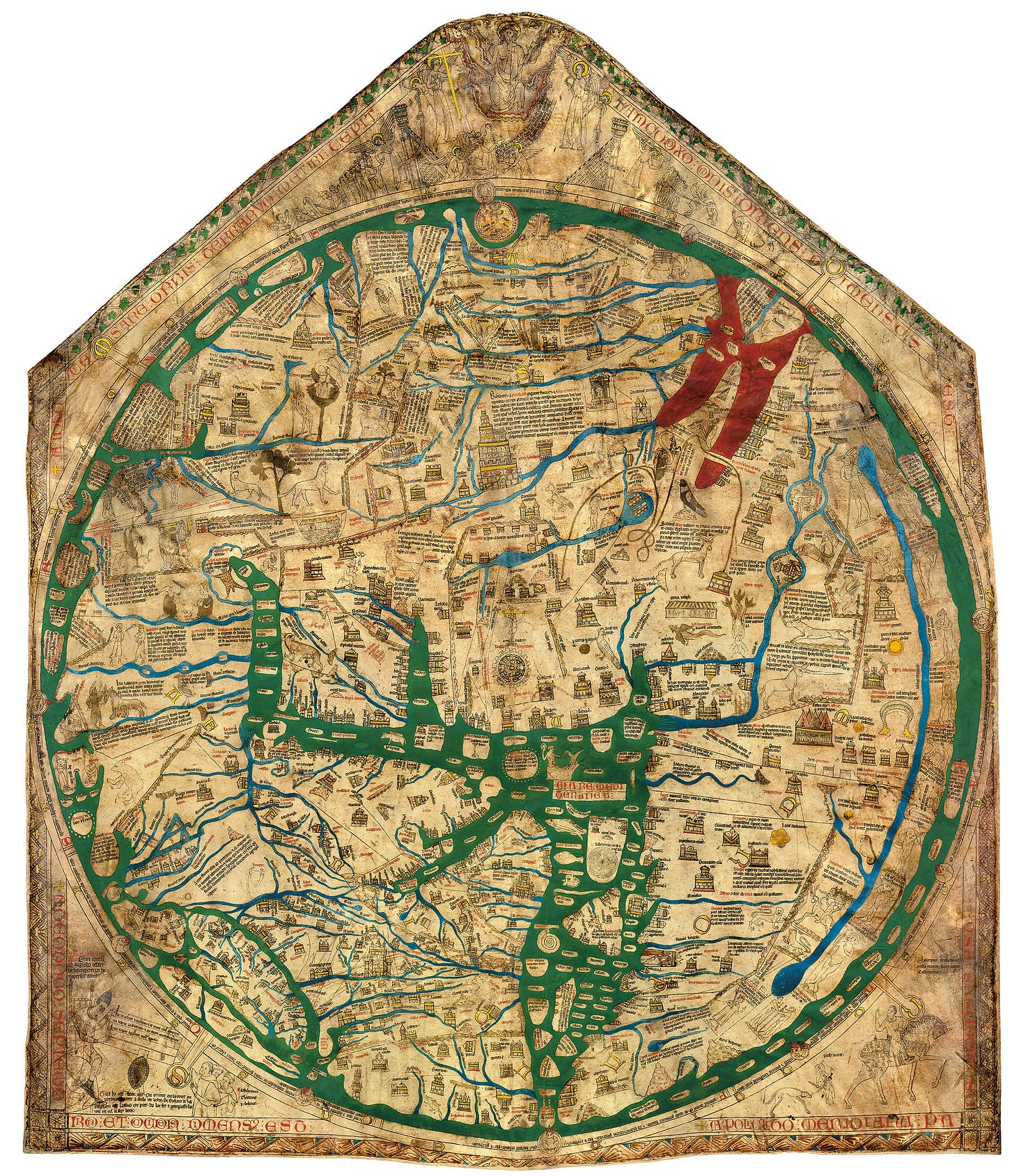
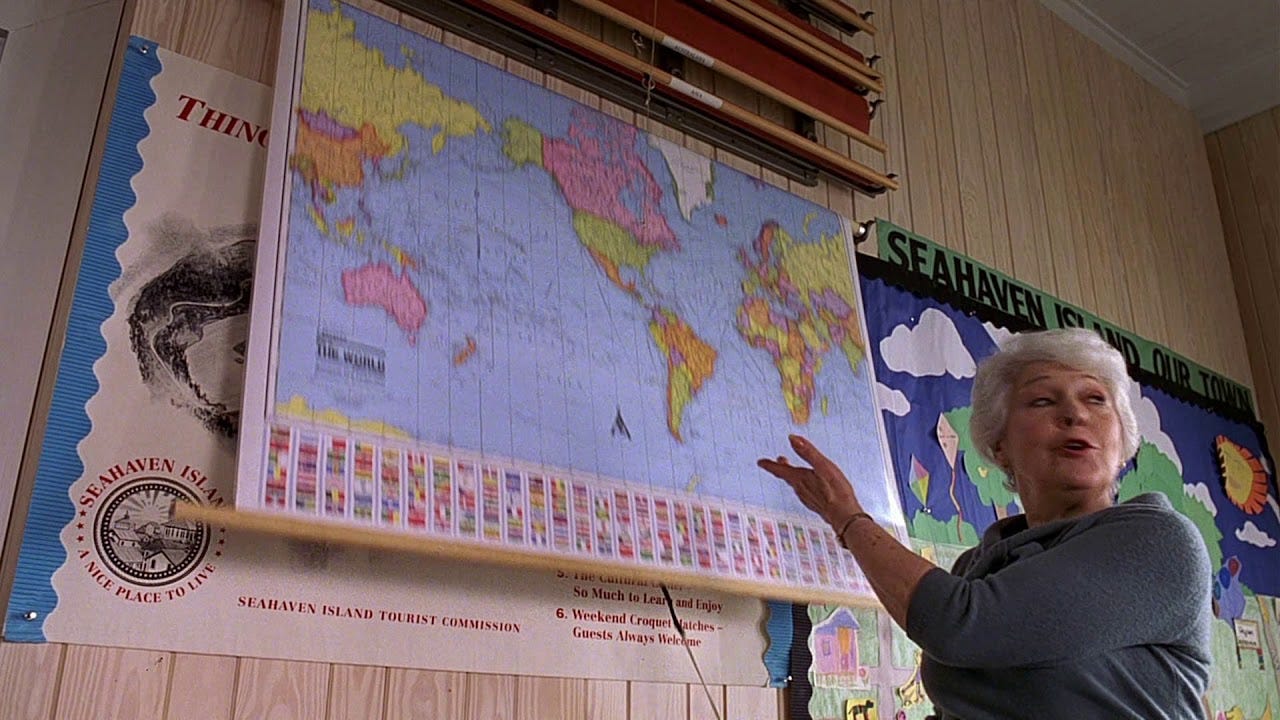
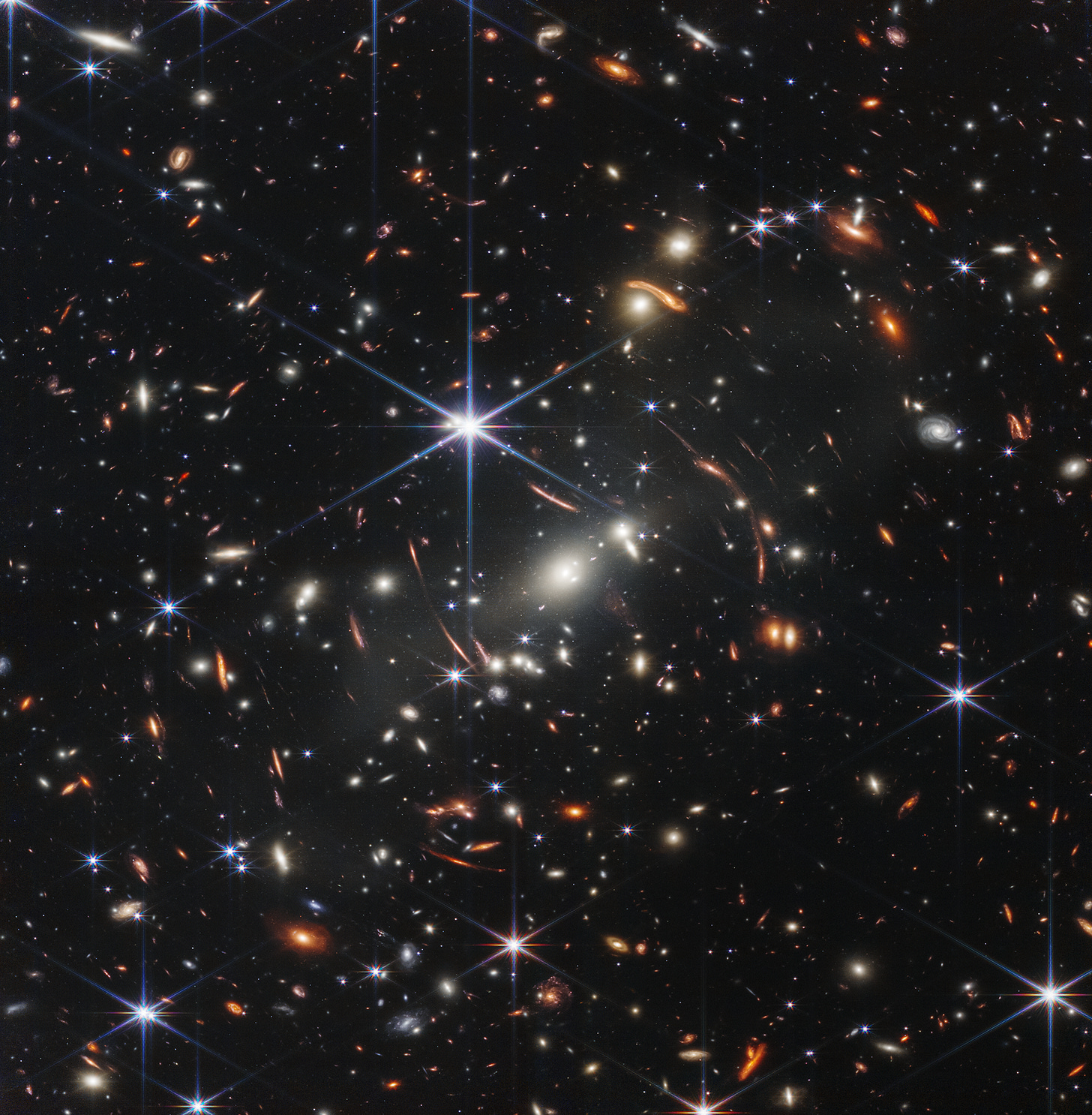
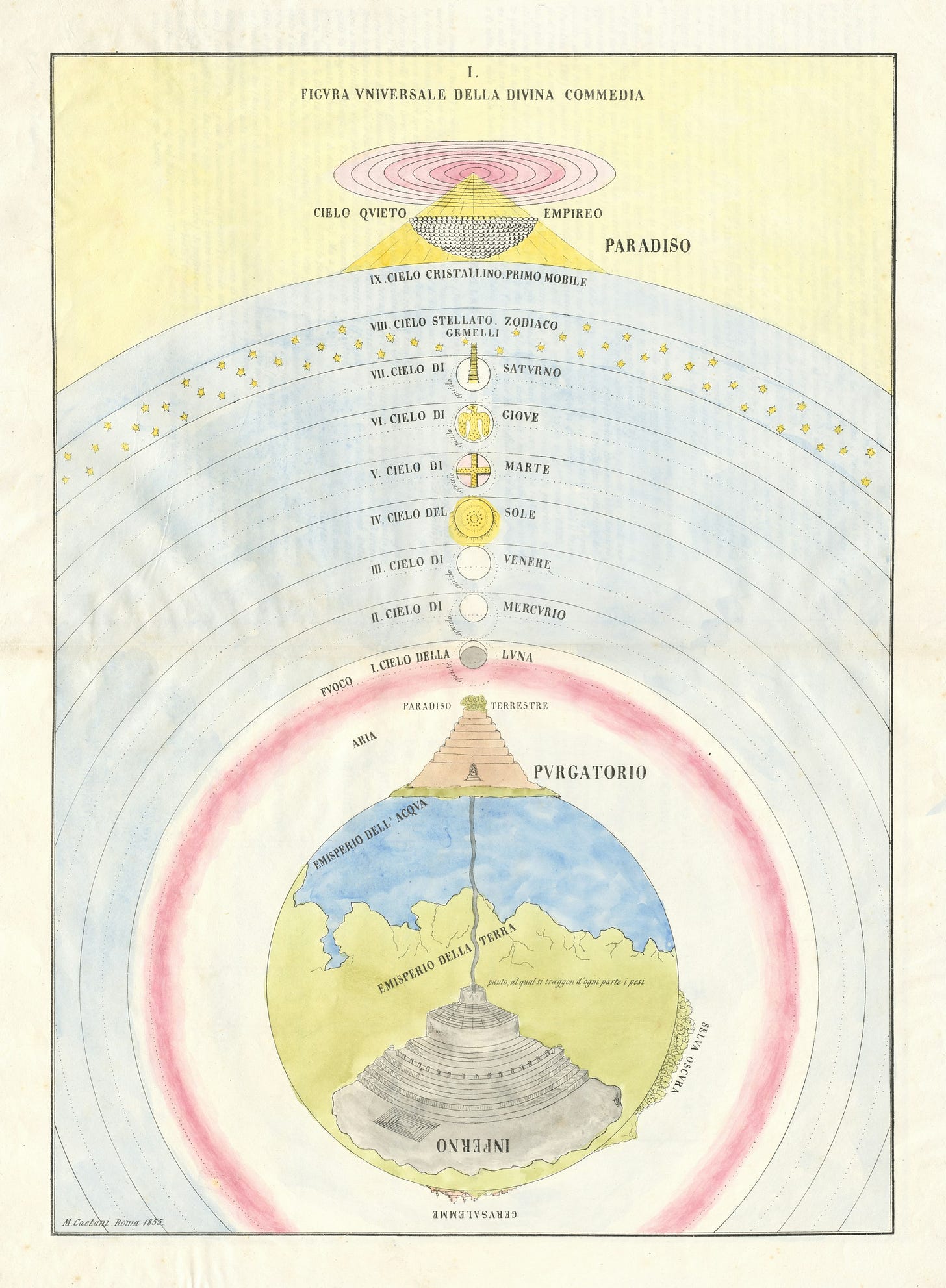
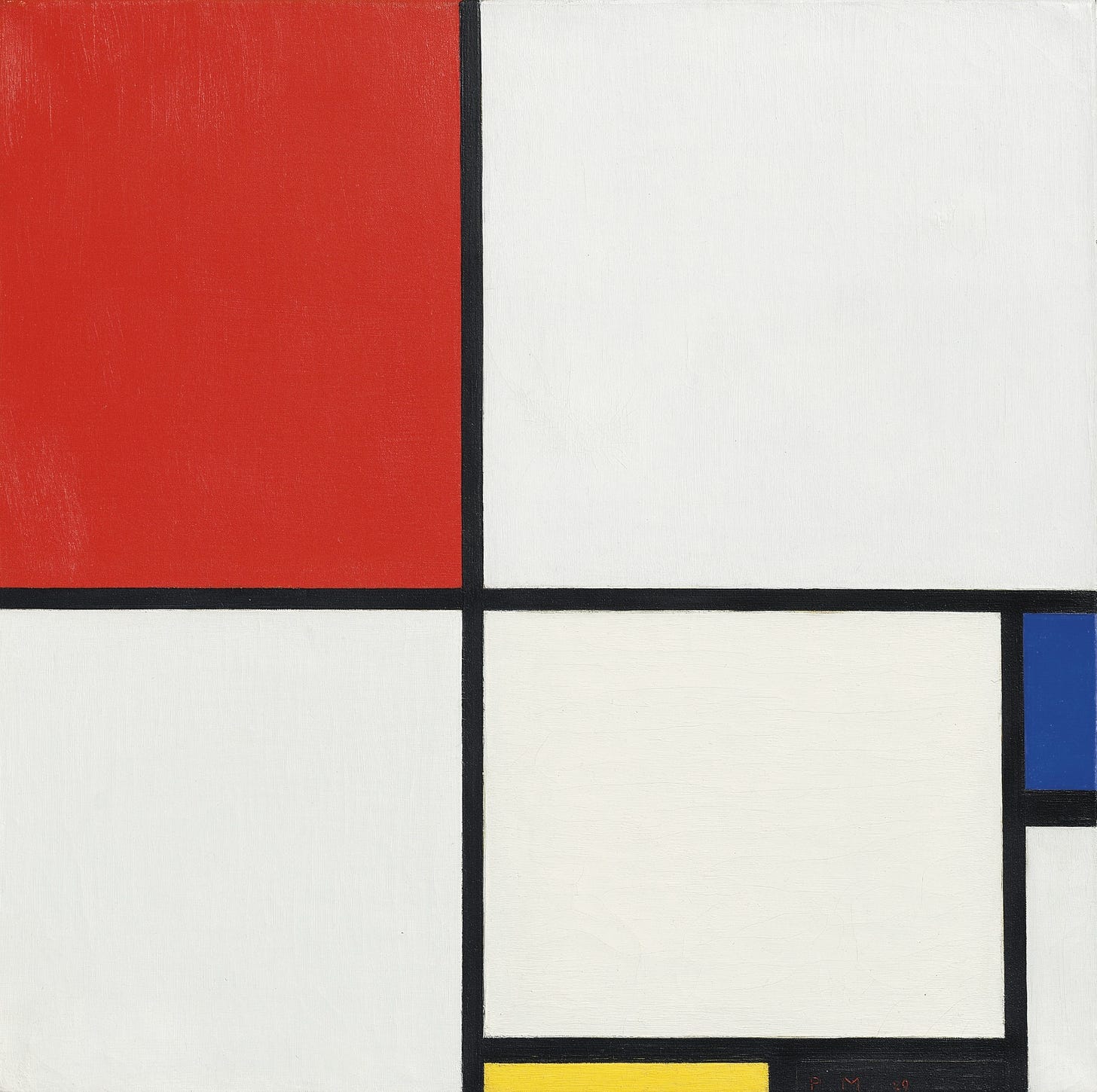
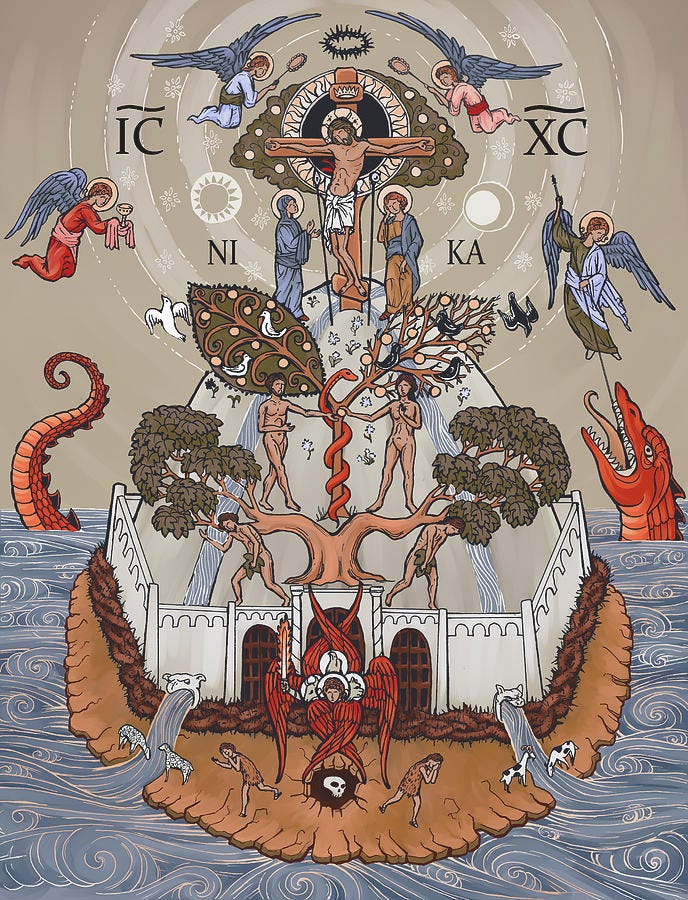
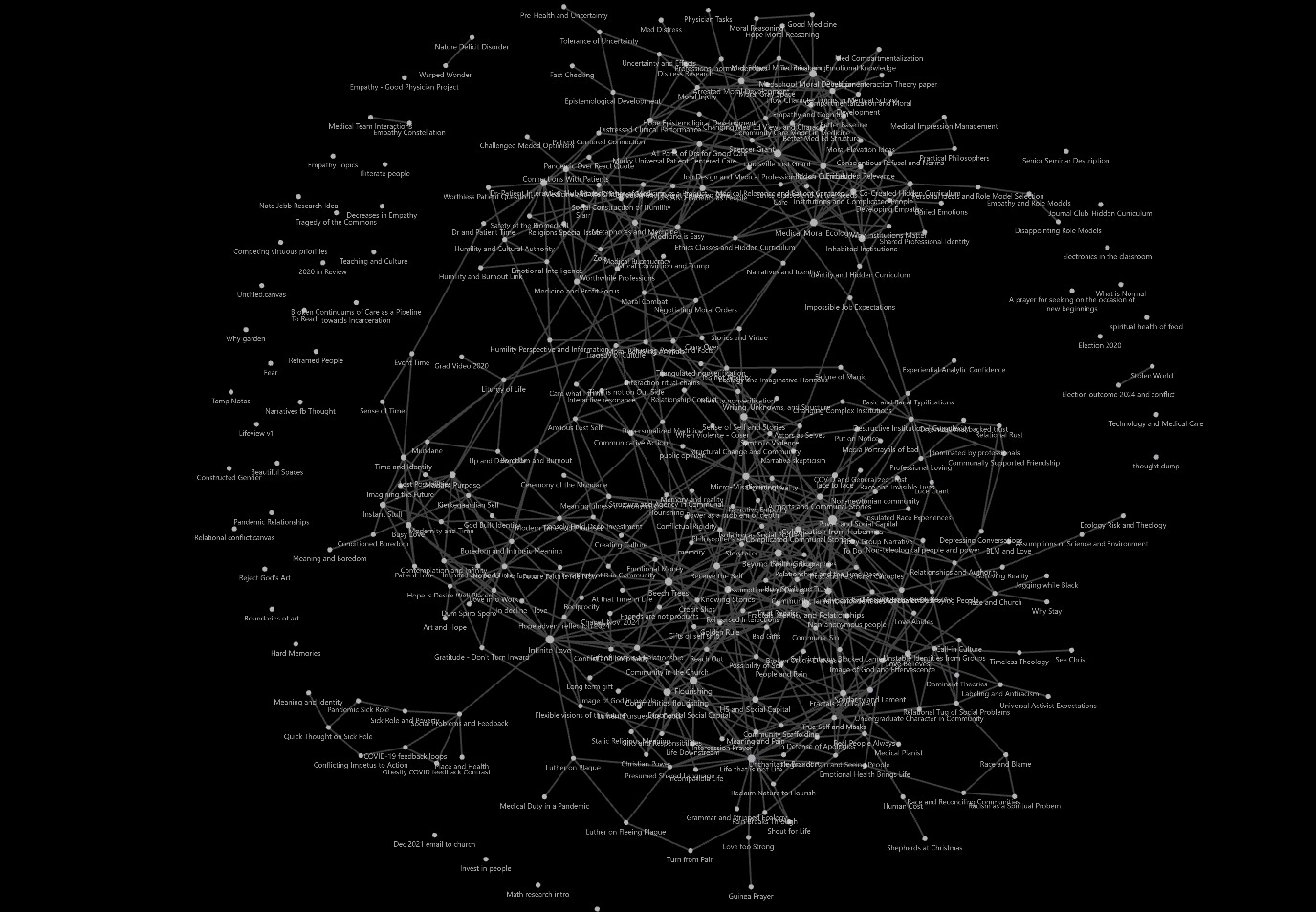
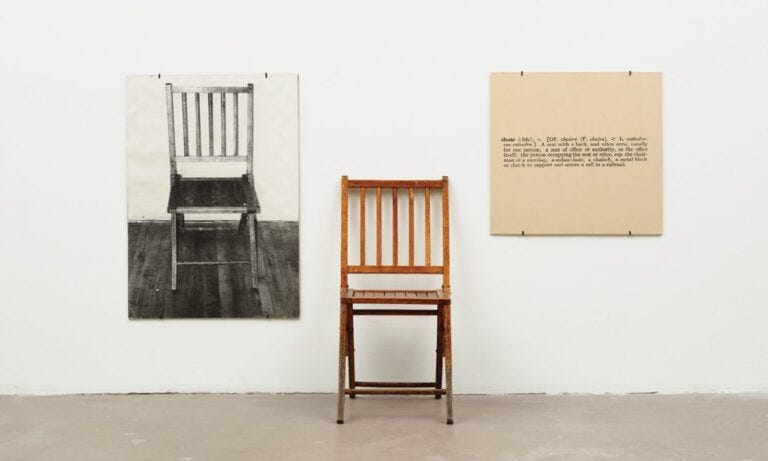
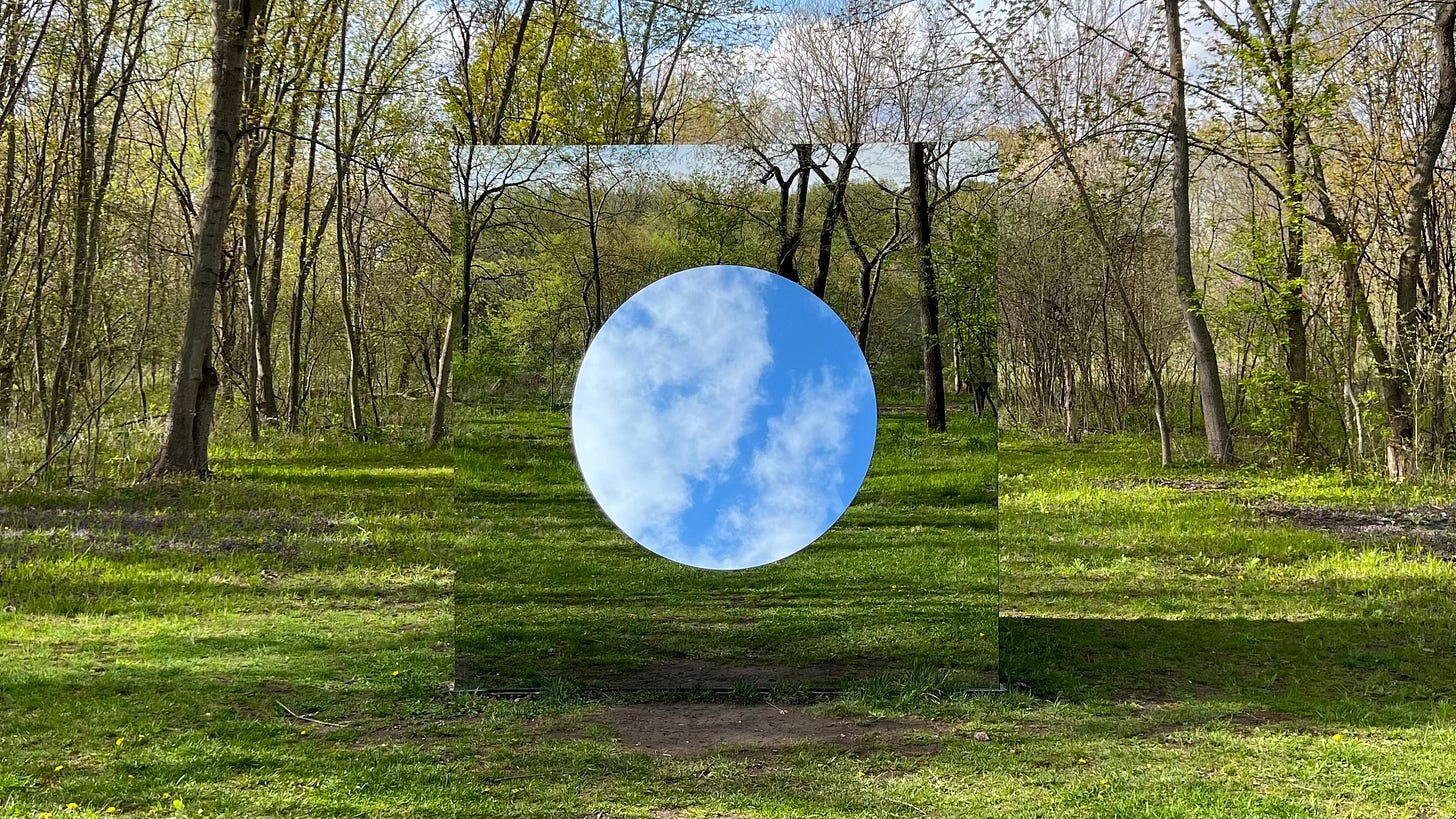
Great work Greg. Keep them coming.